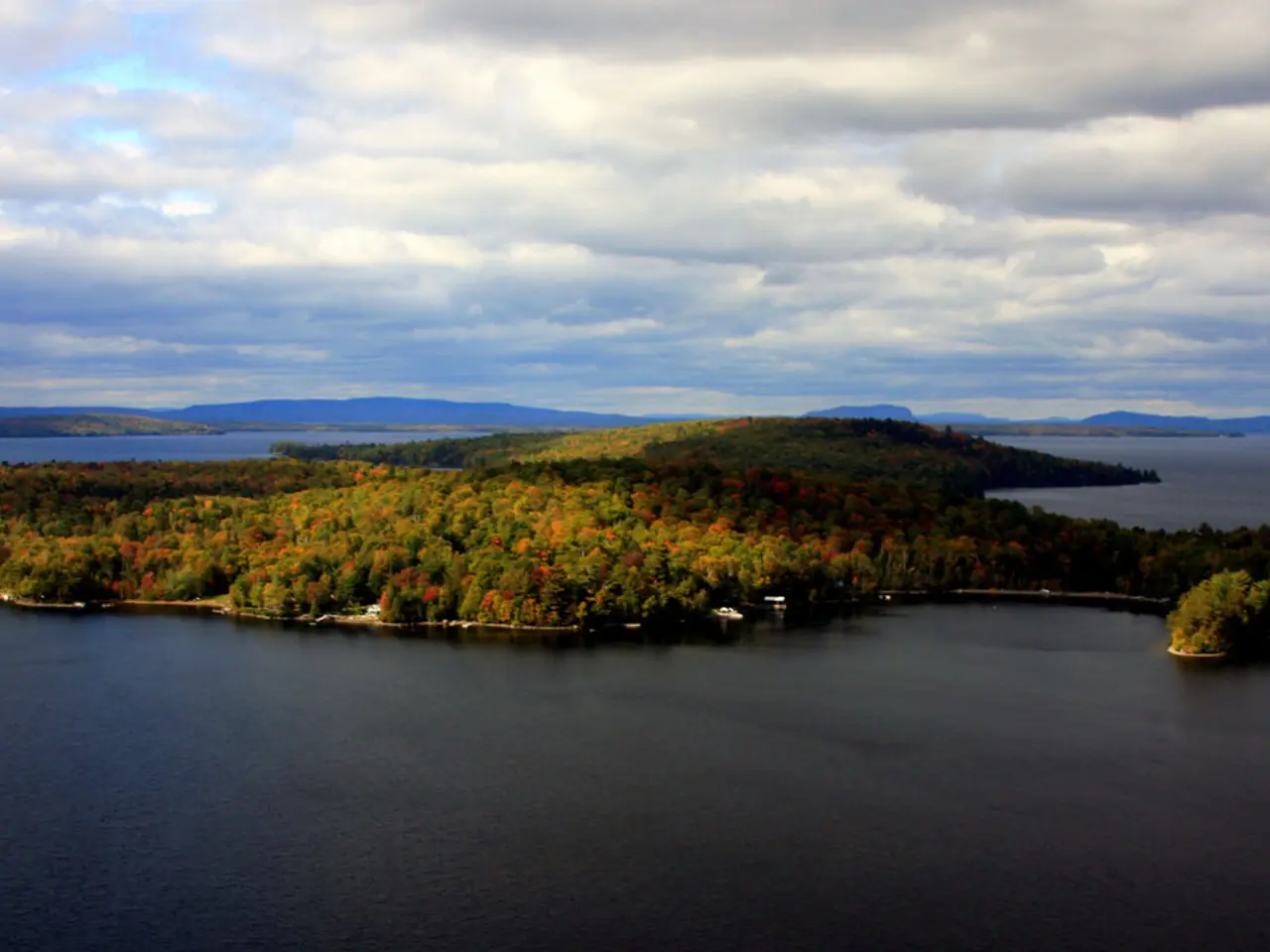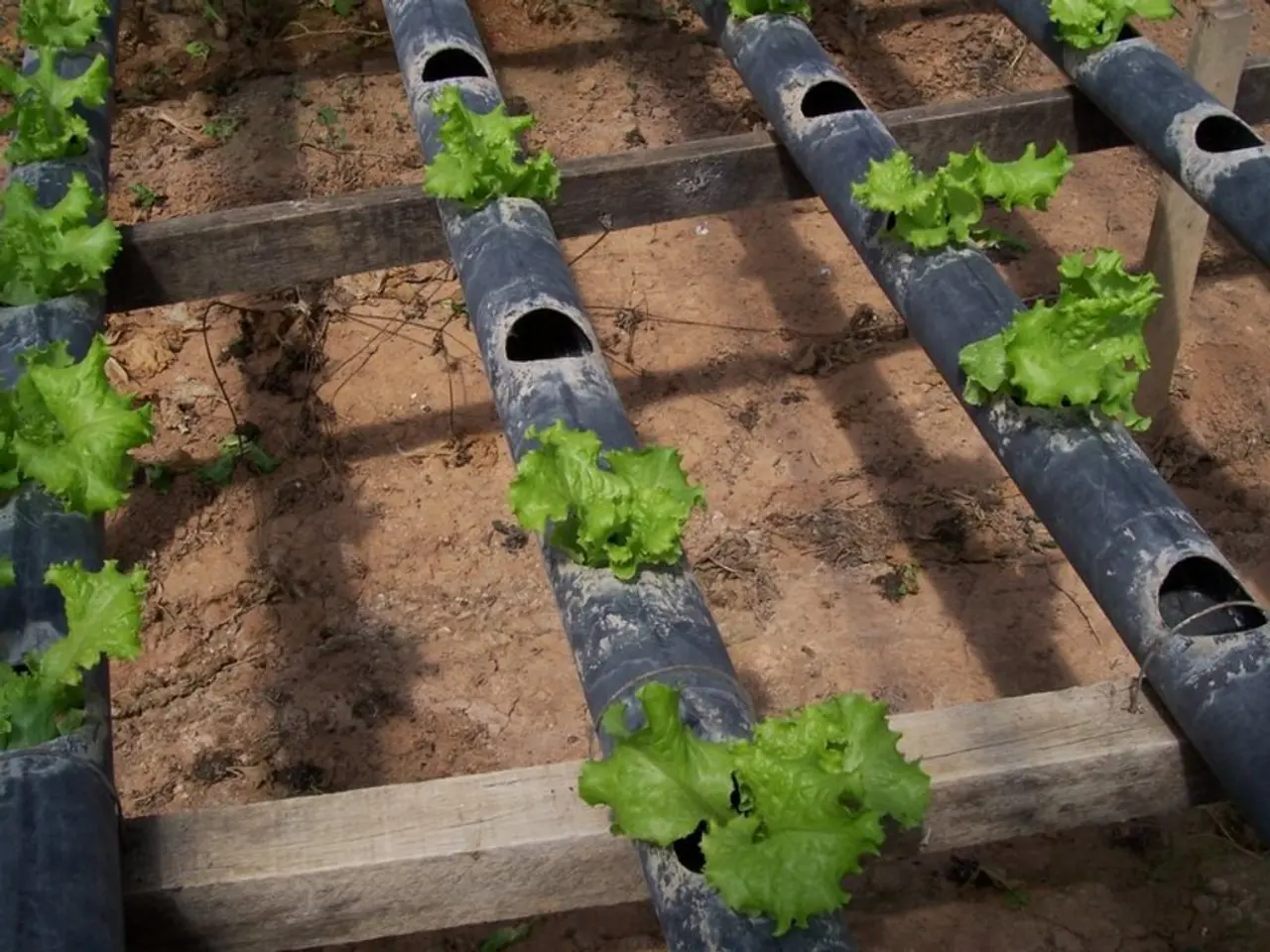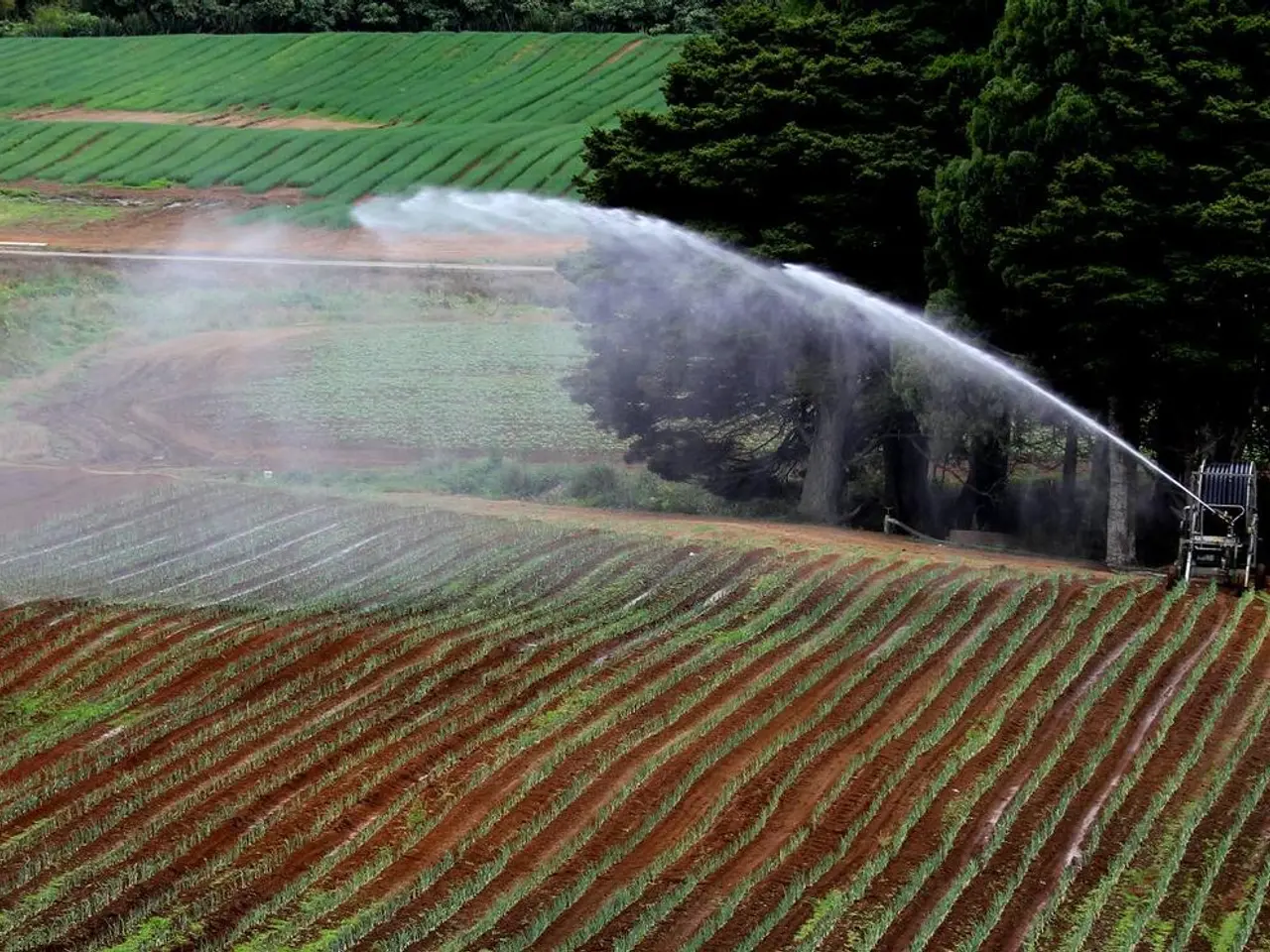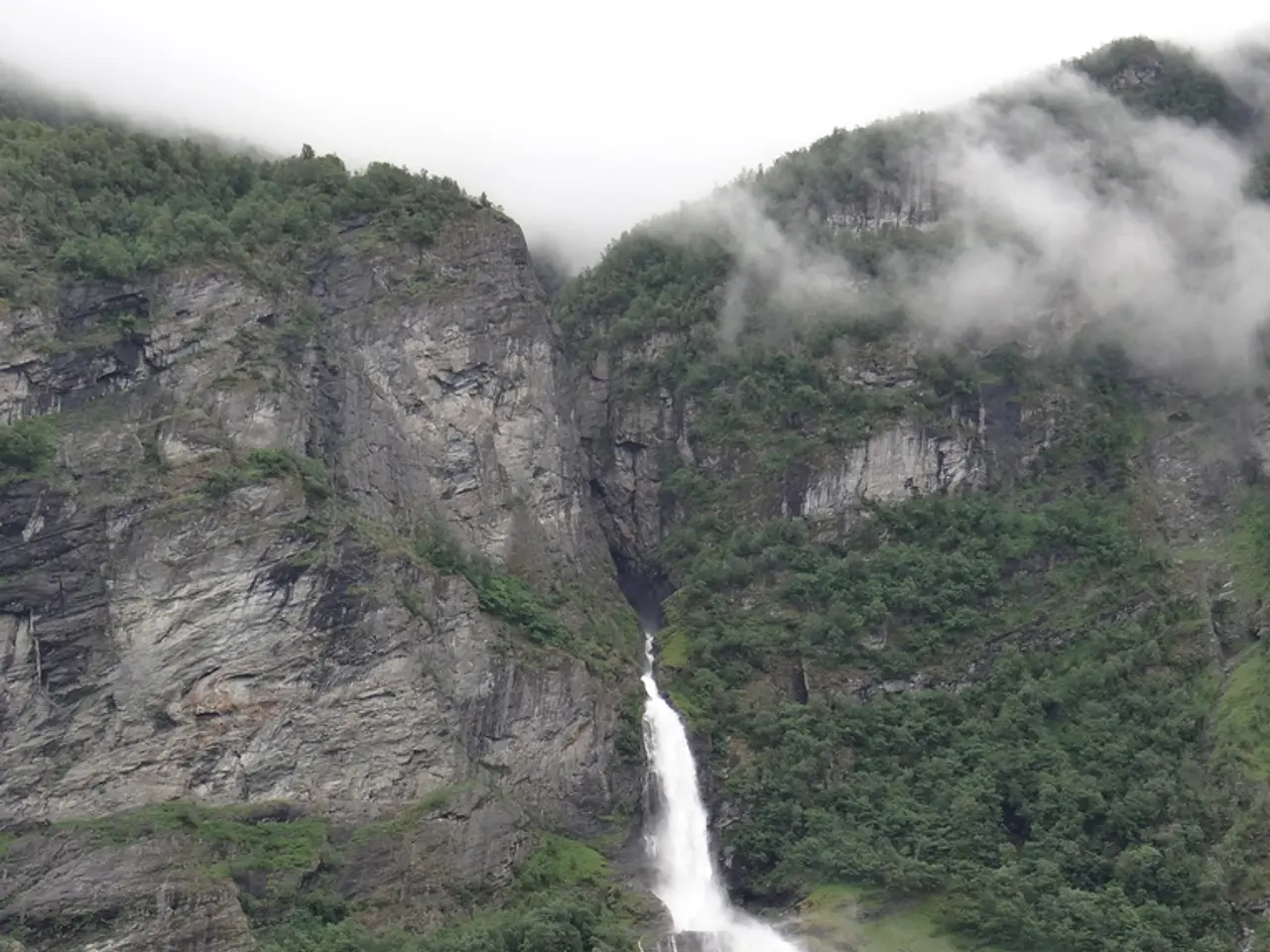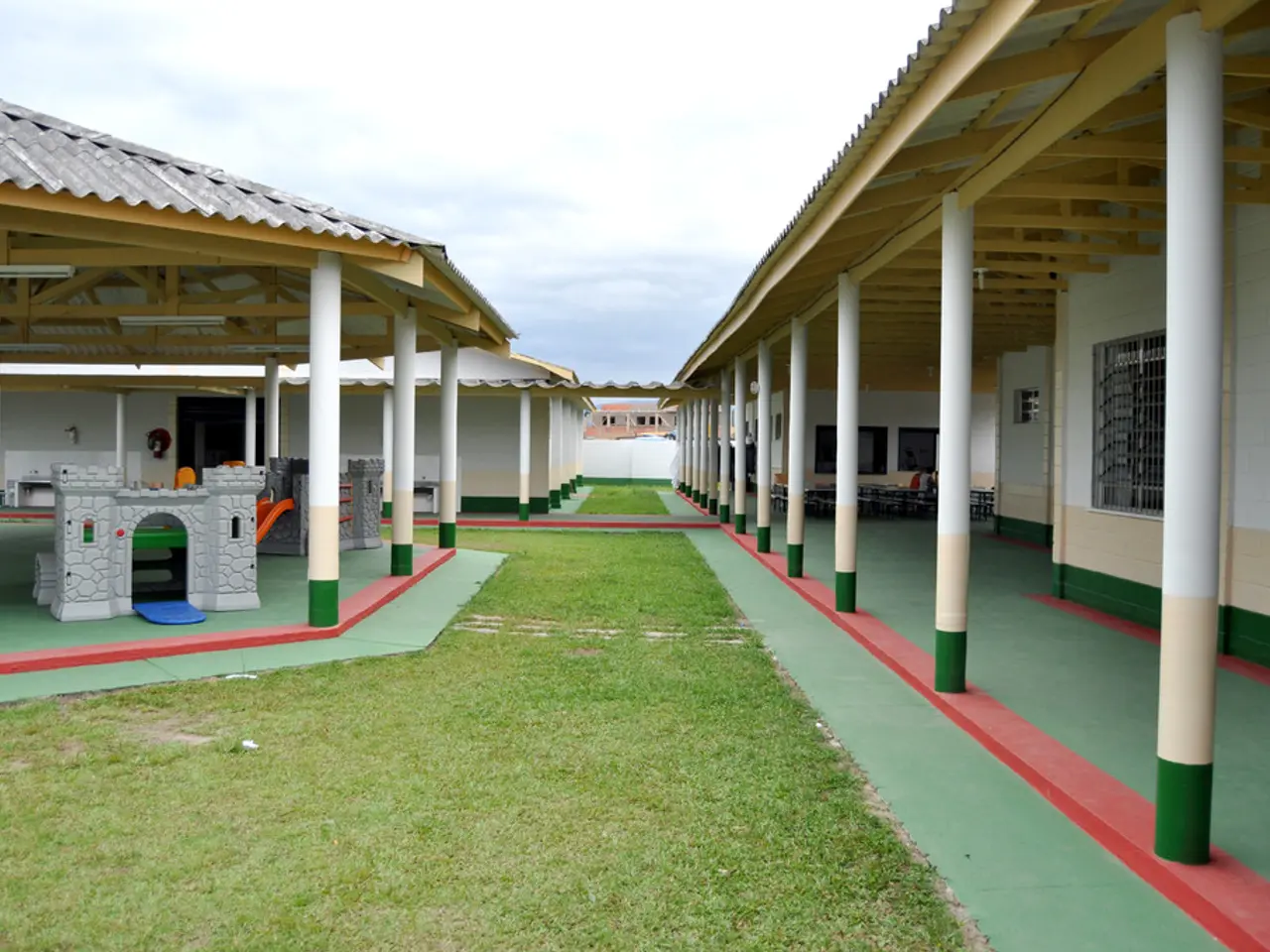Heavy downpour similar to Midsummer expected
Midsummer's Eve and Day, celebrated on June 23 and 24, are significant events in Latvia's calendar, marking the summer solstice period. The country's climate is temperate seasonal, with mild summers and cold winters, and weather patterns can be influenced by both maritime and continental air masses.
Historical Climate Patterns
Historically, late June in Latvia has seen average daily maximum temperatures ranging from about 18°C to 22°C (64°F to 72°F), with cooler nights but temperatures generally above 10°C. Rainfall is relatively common during this period, often coming in the form of showers or thunderstorms, although dry spells also occur.
Long-Term Trends
Over the past six decades, there has been a general warming trend in Latvia, consistent with broader climate patterns. Average summer temperatures, including late June, have increased slightly, resulting in warmer Midsummer's Eves and Days. Rainfall trends are more variable, with some studies suggesting a shift toward heavier short-term events and longer dry spells.
Current Weather Predictions
As we approach the end of June, cyclones are actively forming in the region, making the weather more volatile and changeable. By the end of the month, temperatures may reach 30 degrees on some days. After Midsummer, an anticyclone is expected to strengthen in the region, making the weather mostly dry.
On Līgo Day, June 23, rain will continue at a lower intensity and intermittently. Temperatures will rise to +19 C to +24 C. On Midsummer night, the air will cool down to +11 C to +15 C, with fog forming in many places in the second half of the night and in the morning after the long rains. On June 24, it will still rain occasionally in the eastern part of the country, but overall it will be sunny.
Statistical Analysis
Historical data from the Latvian Environment, Geology and Meteorology Centre shows that Midsummer Day has been rainier than Midsummer Night, with rain occurring 37% of the time on Midsummer's Day compared to 30% on Midsummer's Night. The hottest Midsummer and Midsummer days were in 2021, with the average maximum air temperature in Latvia reaching 28.9 degrees.
In the past 58 years, there have only been 10 completely dry Midsummer nights in Latvia, with two of them happening in recent years - 2023 and 2022. The coolest Midsummer night since 1961 was in 1992, with the air temperature in Zosēni dropping to 0.7 degrees and frost on Midsummer morning in many places.
The Talsi area has experienced the most rain on Midsummer's Night, with 43% of nights being rainy in Stende, Talsi municipality, and 20% in Piedruja, Krāslava municipality. On Midsummer's Day, the Vidzeme highlands have seen the most rain, with 48% of rainy days in Zosēni and 47% in Priekuļi.
Future Research
For precise data and trends, a more detailed analysis of daily historical records from the Latvian Environment, Geology and Meteorology Centre would be required. This would involve examining weather station data specifically for June 23 and 24, from 1966 to the present, to provide aggregated statistics such as mean temperature, maximum/minimum temperatures, total precipitation, number of rainy days, and rain intensity on those two days for each year.
In conclusion, while weather patterns can be unpredictable, understanding historical trends can help us anticipate what to expect during Latvia's Midsummer celebrations. This year, we can expect warmer temperatures and potentially more rainfall, especially on Midsummer's Eve.
In the Talsi area, Midsummer's Night has historically been the rainiest, with 43% of nights witnessing rainfall in Stende, Talsi municipality, and 20% in Piedruja, Krāslava municipality. On the other hand, during the Vidzeme highlands, Midsummer's Day has been the rainiest, with 48% of rainy days recorded in Zosēni and 47% in Priekuļi. Furthermore, a study of the Latvian Environment, Geology and Meteorology Centre's data indicates a general warming trend and an increase in average temperatures, leading to warmer Midsummer's Eves and Days.
